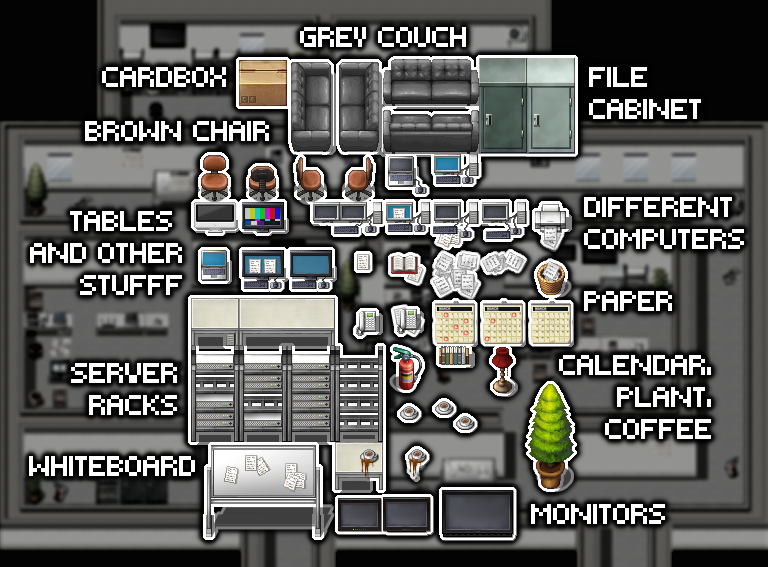

To do this, I just selected the null Region ID (upper left of the palette) and erase the Region ID off of the road. To help prevent this problem, I decided to make roadways not have any encounters.

A lot of people don’t like world maps very much, and one of the reasons is that its just filler for encounters. Now that we’ve divided it out, I’m going to take one more step that has more to do with personal preference. Region IDs, much like Noteboxes, can also have additional uses added through scripts. I used 2 for Forests, 3 for Hills, and 4 for Snow (Snowy forests included).Īfter I finish up the mainland, I’m going to take a quick jaunt down to the volcanic island and I can paint that with 5.Now we’ve set up all the Region IDs so that we can use them to separate encounter areas. This layer operates independently of the others, so you don’t have to worry about it copying the graphics when copying.Īfter you finish with the grass, paint the other terrain types in your map with different numbers based on the encounter areas you set up previously. Though you can’t select the fill tool, you can use the drag left click to select clusters of the same Region ID. Select the number you will be using for grass (in my case, it was 1), and paint across all your grass tiles. Once there, your tile palette will be replaced with incredibly gaudy colors with numbers on them from 1 to 63. The button for this is between the Event Layer button and your pen tools. Once there, switch to the Region ID layer. In the Map Editor switch to the World Map.

With the encounter areas decided, we now need to divide up our World Map into areas. So I have the following encounter areas: World Map: Grass, World Map: Hills, World Map: Forest, World Map: Snow, World Map: Volcanic Island, The Ruins, and The Fire Cave. I decide to divide my world map up by geographical area, and leave both the other maps as just one encounter area each. But wait, what if we want one map to have different encounters in different areas? That is where Region IDs come in, which will be explained after we determine the individual encounter areas (distinct areas with their own encounters) we will use. So now we need to decide what enemies should be encountered in each map. I have made three of those maps for the sample game: The World Map, The Ruins, and The Fire Cave. The first thing to do is look at all the maps you have created that are going to be “danger” maps where encounters can occur.

Now that we have looked at why we have encounters, we can begin to plan out how we want to lay out those encounters. Another is encounters that drop items that you need to complete the current portion of your quest. The other way it promotes progression is that encounters can progress the story. The experience the characters receive allows them to go up in level, while the gold is used to buy better equipment. In a standard RPG, as the characters wins more and more encounters, they acquire more gold and experience points. The first of which, and what we will focus on in this tutorial is character growth. There are two ways encounters promote progression. In RPGs the two major form of challenges are generally encounters and puzzles, and in most cases the majority of challenges fit into the former. While there are some works in that direction, for the most part, games need challenge of some sort. Without challenge, a video game would just be a slightly interactive movie. There are two purposes that are more prominent than the others. Encounters in role-playing games serve several purposes, and being aware of these purposes is important to designing your own games.


 0 kommentar(er)
0 kommentar(er)
